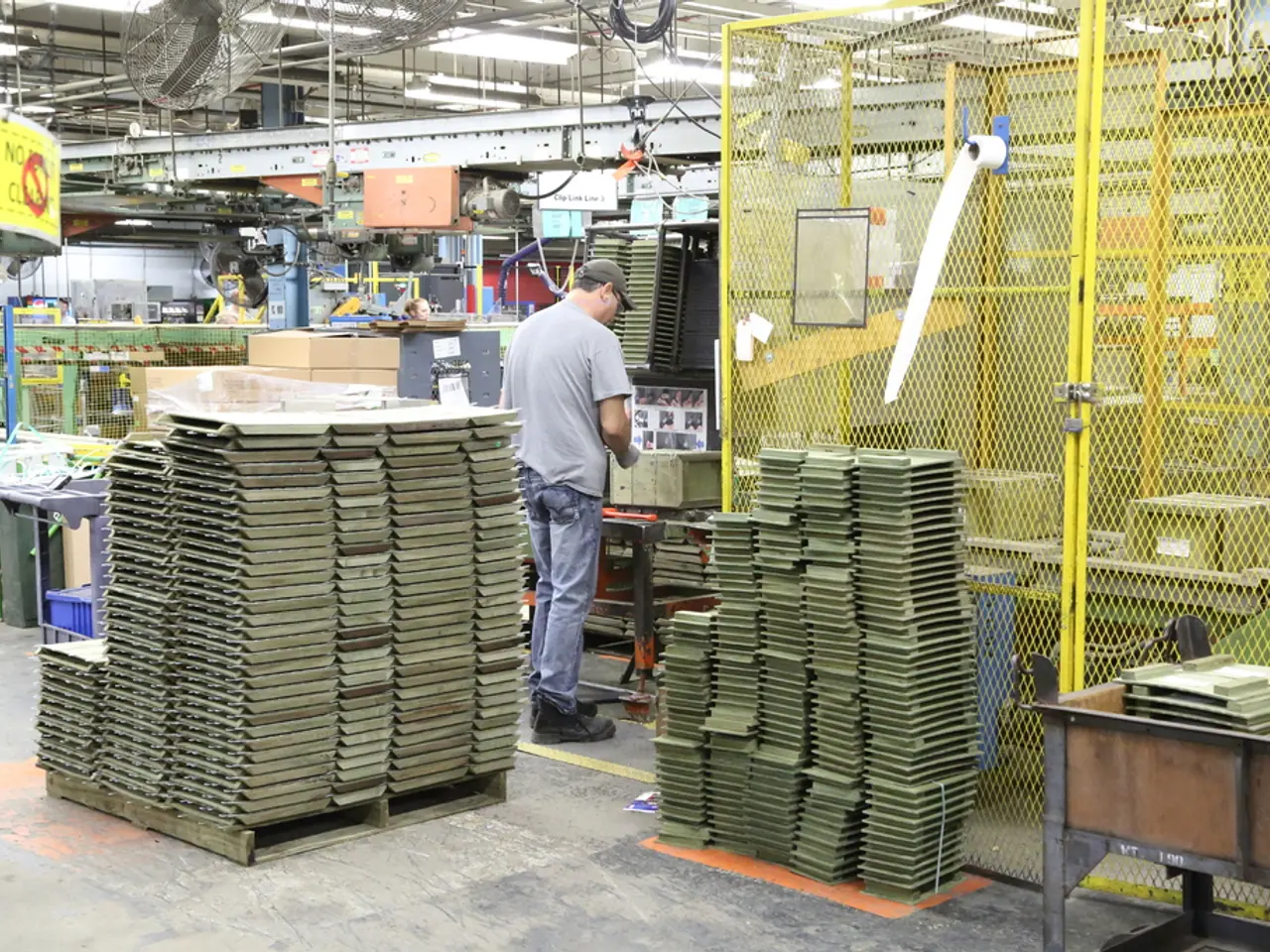"2024 Comprehensive Guide on IoT in Manufacturing"
The integration of the Internet of Things (IoT) into manufacturing processes is revolutionising the industry, offering numerous benefits that range from improved efficiency to reduced costs and increased agility.
At the heart of this transformation is real-time data analytics and machine-to-machine communication, enabling production lines to self-optimise and quickly resolve anomalies, significantly enhancing manufacturing process efficiency.
Cost savings are another key advantage. Predictive maintenance, enabled by IoT, lowers maintenance expenses by detecting early warning signs to prevent major breakdowns, optimises energy usage with sensors, minimises waste via real-time tracking, and reduces manual labour through automation, all contributing to lower operational costs without sacrificing quality.
IoT provides continuous monitoring of machines, conveyor belts, and workstations, giving manufacturers a comprehensive, real-time overview of production performance, output, and efficiency. This visibility supports bottleneck identification, quality assurance, and improved workplace safety.
IoT goes beyond traditional automation by enabling systems to automatically optimise workflows and respond to issues proactively rather than reactively, thus increasing overall productivity.
In terms of supply chain agility, IoT connects logistics, inventory, and supplier data to offer real-time inventory levels and shipping statuses, allowing manufacturers to anticipate delays and automate restocking, enhancing supply chain responsiveness and resilience.
Enhanced safety and sustainability are also by-products of IoT. By continuous monitoring and predictive analytics, IoT helps maintain safer work environments and supports more sustainable resource management, reducing energy consumption and waste.
To fully reap these benefits, it's essential to follow best practices when implementing IoT in manufacturing. Defining clear objectives, integrating IoT with existing systems, using predictive analytics, adopting digital twins, ensuring data security and privacy, focusing on scalability and flexibility, training the workforce, and fostering collaboration are all crucial steps.
IoT-enabled machinery allows for monitoring the health and performance of machines, enabling scheduled maintenance and repairs before breakdowns. Similarly, IoT-enabled sensors aid in inventory management, offering a complete understanding of ready-to-ship products, current product locations, stock levels, and expected shipments.
Adopting industry 4.0 technology standards, which include IoT applications, can give manufacturing companies a leg up on competition. To find cost-effective IoT solutions, manufacturers should contact an experienced IoT development company. By embracing the IoT, manufacturers can usher in a new era of efficiency, cost savings, productivity, and agility.
- The integration of IoT technology in manufacturing machinery allows for monitoring the health and performance of machines, enabling scheduled maintenance and repairs before breakdowns.
- By adopting IoT-enabled sensors, manufacturers can gain a complete understanding of ready-to-ship products, their current locations, stock levels, and expected shipments, aiding in inventory management.
- IoT-enabled systems can automatically optimise workflows and respond to issues proactively rather than reactively, thus increasing overall productivity in the manufacturing industry.
- Predictive maintenance, enabled by IoT, minimises waste via real-time tracking, reduces manual labour through automation, and optimises energy usage with sensors, all contributing to lower operational costs without sacrificing quality.
- To enhance supply chain agility, IoT connects logistics, inventory, and supplier data to offer real-time inventory levels and shipping statuses, allowing manufacturers to anticipate delays and automate restocking, resulting in a more responsive and resilient supply chain.




